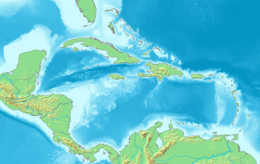 | |
| Geography | |
|---|---|
| Location | Gulf of Mexico |
| Coordinates | 24°31′28″N81°58′25″W / 24.524333°N 81.973722°W |
| Administration | |
| State | Florida |
| County | Monroe |
Woman Key is an island in the Florida Keys in Monroe County, Florida, United States. It is within the boundaries of the Key West National Wildlife Refuge. [1]

